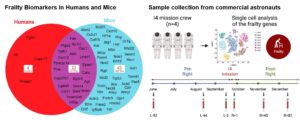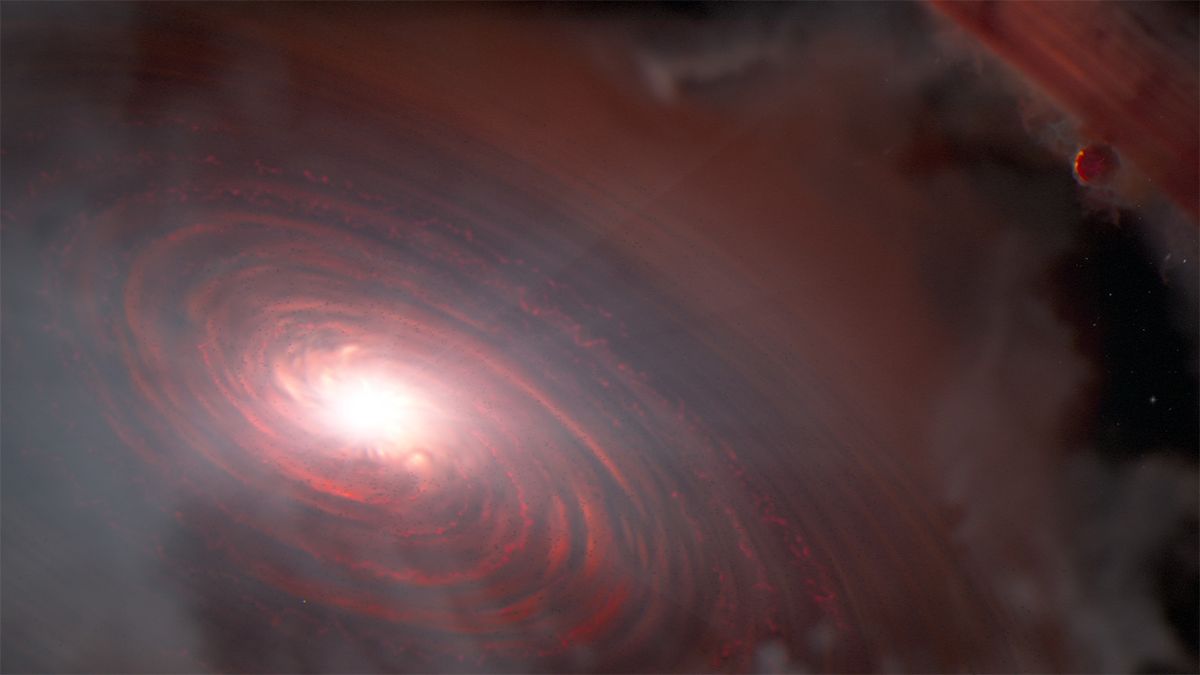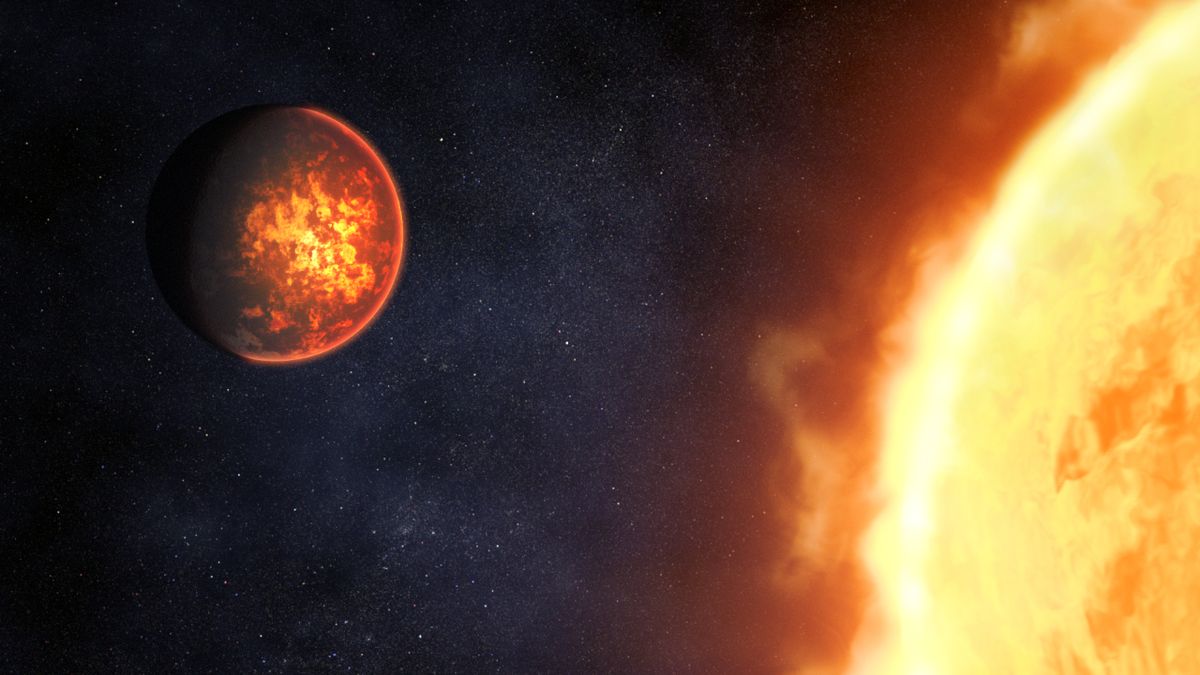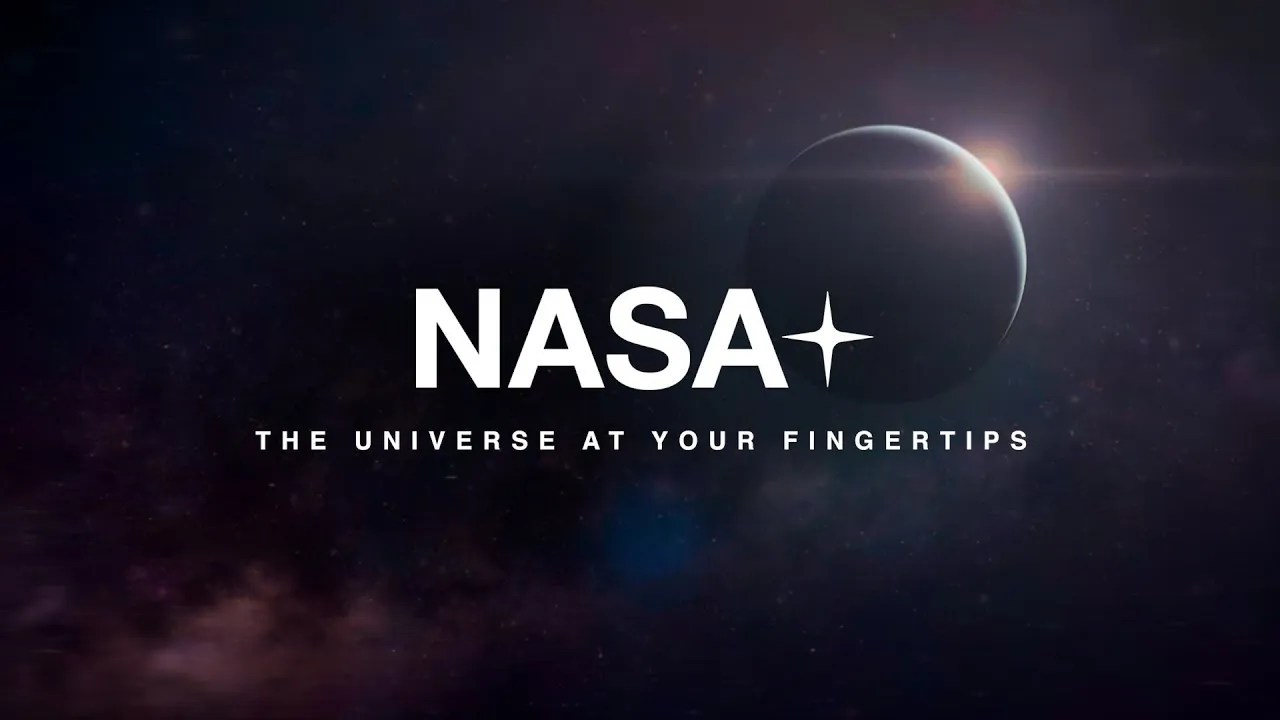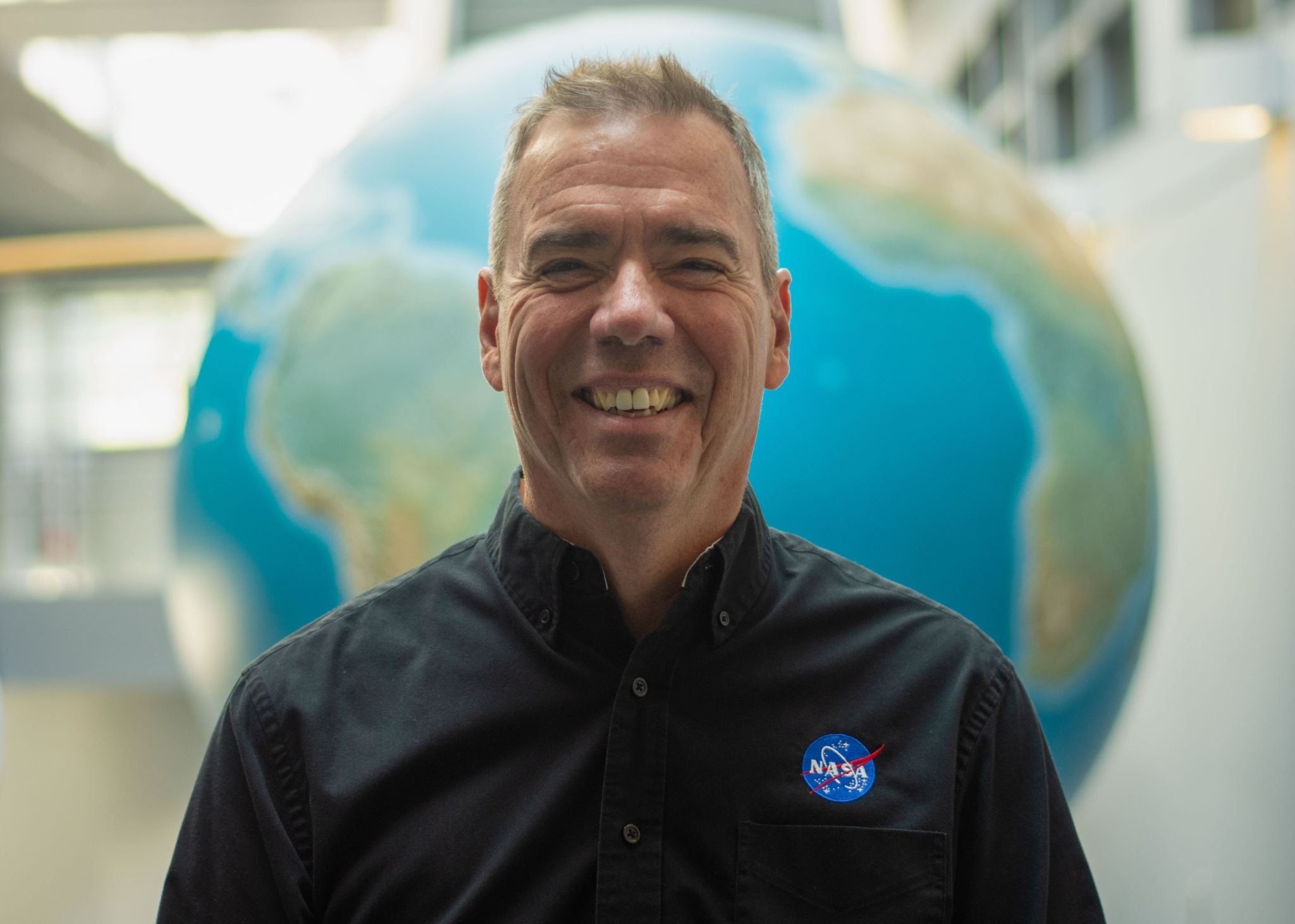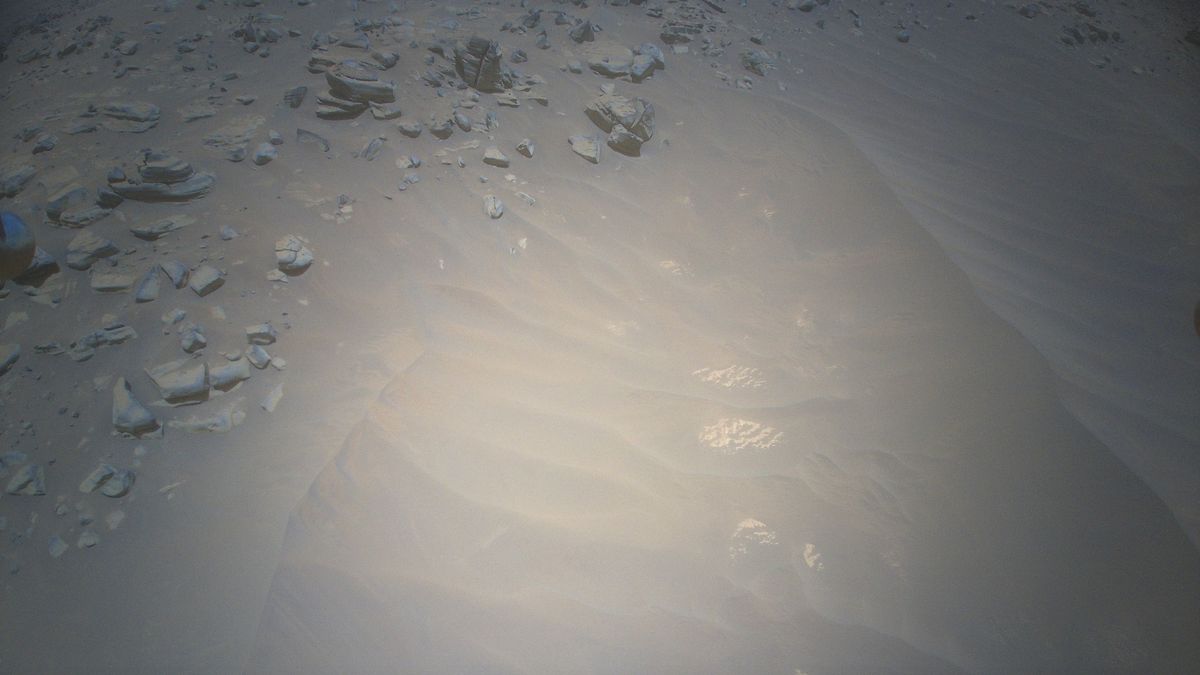The James Webb Space Telescope (JWST) has spied planet-forming disks letting off a cold “steam,” providing crucial evidence for a leading theory describing how planets are built. This excess water vapor was detected by the James Webb Space Telescope in two compact disks of gas and dust surrounding young stars that are just 2 million to 3 million years old — which is incredibly young in the scope of our universe’s timeline. The disks are located in the Taurus star-forming region, which sits about 430 light years away. Astronomers believe…
Read MoreNASA’s exoplanet hunting telescope spies 8 ‘super-Earths’
Almost everyday, the number of confirmed exoplanet discoveries grows. The majority of those planets, which sit just above 5,500 in total, have been identified by the Kepler space telescope. But for the last few years, NASA’s Transiting Exoplanet Survey Satellite (TESS) has been steadily adding new alien worlds to our growing planetary catalog of the cosmos. Using a statistical method to comb through TESS’s large quantities of data on the night sky, a group of scientists led by Priyashkumar Mistry, a Ph.D. student at the University of New South Wales,…
Read MoreNASA Launches its First On-Demand Streaming Service, Updated App
NASA+ is the agency’s no cost, ad-free streaming service featuring live coverage and original video series. No subscription required. Credits: NASA NASA’s new on-demand streaming service and upgraded app are now available, ushering in a new world of original content from the space agency for the benefit of all. These new digital platforms are the landing place of original video series, live launch coverage, kids’ content, Spanish-language programming, and the latest news as NASA continues to improve life on Earth through innovation, exploration, and discovery. The new on-demand streaming service…
Read MoreEvidence of alien life may exist in the fractures of icy moons around Jupiter and Saturn
Scientists are investigating specific geological features on the largest moons of both Jupiter and Saturn that could be ideal spots for the emergence of life elsewhere in the solar system. The team, led by researchers from the University of Hawaii at Mānoa, looked at what are called “strike-slip faults” on the Jovian moon, Ganymede — the solar system’s largest moon, bigger even than the planet Mercury — and Saturn’s moon, Titan. Faults like these happen when fault walls move past each other horizontally, either to the left or the right,…
Read MoreThe Marshall Star for November 8, 2023
16 Min Read The Marshall Star for November 8, 2023 Still Serving: Honoring Marshall, Michoud Veterans Many members of the workforce at NASA’s Marshall Space Flight Center and Michoud Assembly Facility served in the U.S. Armed Forces before beginning their NASA careers, and some are still serving in both capacities today. Their defense careers have been in a range of services, including the Army, Air Force, Marine Corps, National Guard, and Reserves. Today, they continue to serve the nation through their work at NASA. As we approach Veterans Day, we…
Read MorePeter Griffith: Diving Into Carbon Cycle Science
5 min read Peter Griffith: Diving Into Carbon Cycle Science Dr. Peter Griffith is the director of NASA’s Carbon Cycle and Ecosystems Office. “As a scientist, I started off in the water and then gradually moved to on top of the water, and then ultimately went up into the air and into space, at least with the instrument eyes that we have on the world,” he said. “In some respects, I was a carbon cycle scientist since before it was cool.” NASA / Angeles Miron Name: Peter Griffith Title: Director,…
Read MoreTribal Students Make Robots with NASA Aerospace Engineer Casey Denham
Casey Denham, aerospace engineer with the Systems Analysis and Concepts Directorate at NASA’s Langley Research Center in Hampton, Virginia, works with tribal students during a STEM activity at the American Indian Engineering Sciences (AISES) National Conference in Spokane, Washington, Oct. 19-21, 2023.
Read MoreNASA’s Ingenuity Mars helicopter flies on back-to-back days to prep for ‘solar conjunction’
NASA’s Ingenuity helicopter just made its 65th and 66th Red Planet flights, two short hops that helped prep the chopper for a coming stretch in which it will be cut off from ground control. Flight 65 occurred on Nov. 2. The 4-pound (1.8 kilograms) Ingenuity stayed aloft that day for 48 seconds, covering 23 feet (7 meters) of Mars ground in the process. Then, the rotorcraft was at it again on Nov. 3 with an even briefer sortie: It lasted 23 seconds and involved a horizontal movement of just 2…
Read More‘Beacon 23’ explores an interstellar mystery on a deep-space lighthouse (exclusive)
Intergalactic lighthouses offering safe passage to remote corners of the cosmos can be a lifesaver to starship captains lost in the inky abyss, but they can also be the location of some strange activities as seen in MGM+’s upcoming “Beacon 23” series. Starring Lena Heady (“Game of Thrones,” “Dredd”) and Stephan James (“Race,” “21 Bridges”), this compelling deep space drama premieres on Nov. 12, 2023 with the first two of eight total episodes. It’s created by executive producer Zak Penn (“Last Action Hero,” “Ready Player One“) and was adapted from…
Read MoreStrange moon of asteroid Dinkinesh is weirder than thought after NASA probe finds ‘contact binary’ (photo)
Asteroid Dinkinesh continues to surprise us. On Nov. 1, NASA’s Lucy spacecraft zoomed past this space rock, marking the first of several asteroid encounters the probe is designed to make. Lucy’s goal is to ultimately explore a set of asteroids near Jupiter, known as the Trojans, which are thought to hold clues about the earliest days of our solar system; these objects may be able to shed light on the origins of life on Earth. But, on the way to those Trojans, Lucy has a couple of stops — including…
Read More



